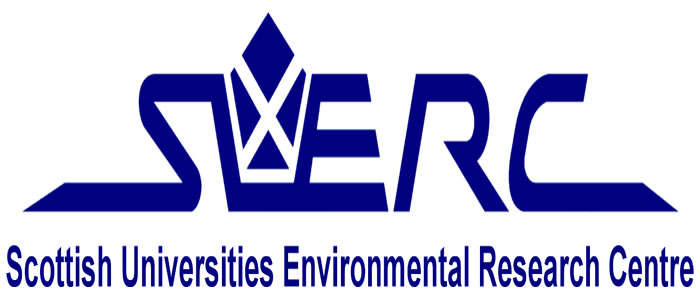Speed dating: new technology in Scotland cuts carbon dating time in half
Published: 19 June 2018
Breakthrough will make carbon dating more accessible to scientists worldwide.

Scotland is now home to the world’s newest, cutting-edge carbon dating system, which is twice as fast as existing technologies.
Scientists at the Scottish Universities Environmental Research Centre (SUERC) in East Kilbride, one of just four specialist radiocarbon dating facilities in the UK, have now installed the new Positive Ion Mass Spectrometry (PIMS) system and verified its speed and accuracy. SUERC is administered jointly by the Universities of Glasgow and Edinburgh.
The PIMS machine was 14 years in the making: Professor Stewart Freeman and Dr Richard Shanks, both based in SUERC’s accelerator mass spectrometry (AMS) laboratory, wanted to make carbon dating faster and more accessible. The scientists have a patent pending for the technology.
The new PIMS system has halved the time it takes to date carbon-containing material from anywhere in the world, and is much simpler: the SUERC scientists have gone from working with a system the size of a large bus, to one the size of a small family car.
Carbon dating is used to determine the age of materials and artefacts with a biological origin - plants, fossils, bones, shells, soil and much more - up to around 50,000 years old. It works by measuring residual concentrations of carbon - 14, a radioactive isotope, in the material.
The method is also used to ‘tell the time’ in the carbon cycle, revealing how long carbon takes to turn over and pinpoint the sources and sinks that contribute to climate change.
Professor Stewart Freeman, senior scientist in advanced mass spectroscopy at SUERC, said: “The PIMS system is a genuine breakthrough in carbon dating technology. It is not an exaggeration to say the global carbon dating community has its eyes on East Kilbride to see how this advances our field.
“The new PIMS system was part-funded by the Natural Environment Research Council (NERC) and developed by SUERC, the USA’s National Electrostatics Corporation and French company Pantechnik. It will transform carbon dating, which remains a specialist area of research with only around 200 laboratories worldwide.
Dr Richard Shanks, also from SUERC, said:“Until now, carbon dating was a laborious procedure because of the preparation involved. We had to extract tiny samples from the material, whether a bone, piece of soil or a fiber, and burn the samples to turn them into carbon dioxide gas.
“We then had to clean up the carbon dioxide, convert it to solid carbon, and measure the carbon-14 on a particle accelerator.”.
“PIMS is different from every other radiocarbon dating technique available. It’s a gas accepting system without the need for a high-energy particle accelerator.
“We use a strong plasma to generate a large current of charged carbon atoms in a beam and a gas collision cell to flip the charge from positive to negative.
“This way we ‘clean’ the beam and get enough carbon-14 to measure. Working with carbon dioxide gas saves preparation time and having no accelerator simplifies the instrument, so scientists don’t need a specialised laboratory.”
Dr Philippa Ascough, head of the NERC Radiocarbon Facility at East Kilbride, said: “The new PIMS system promises much faster measurements, cutting the time needed to process samples and produce a measurement, but critically it is also much more compact and significantly cheaper than the other carbon-dating technologies out there.
“This breakthrough will make radiocarbon dating more accessible to researchers and commercial organisations around the world, which will mean more scientists are involved, more testing is done and we have more evidence about how the global carbon cycle works and has worked over 50,000 years.’’
The NERC Radiocarbon Facility is hosted by the Scottish Universities Environmental Research Centre (SUERC). The radiocarbon facility provides UK scientists and international collaborators with radiocarbon measurements, for a range of Earth and environmental science projects. The laboratory has a current capacity for about 1,300 samples annually, including a range of sample types covering virtually every environment on Earth, from atmospheric gases to deep ocean sediments.
First published: 19 June 2018
<< June

